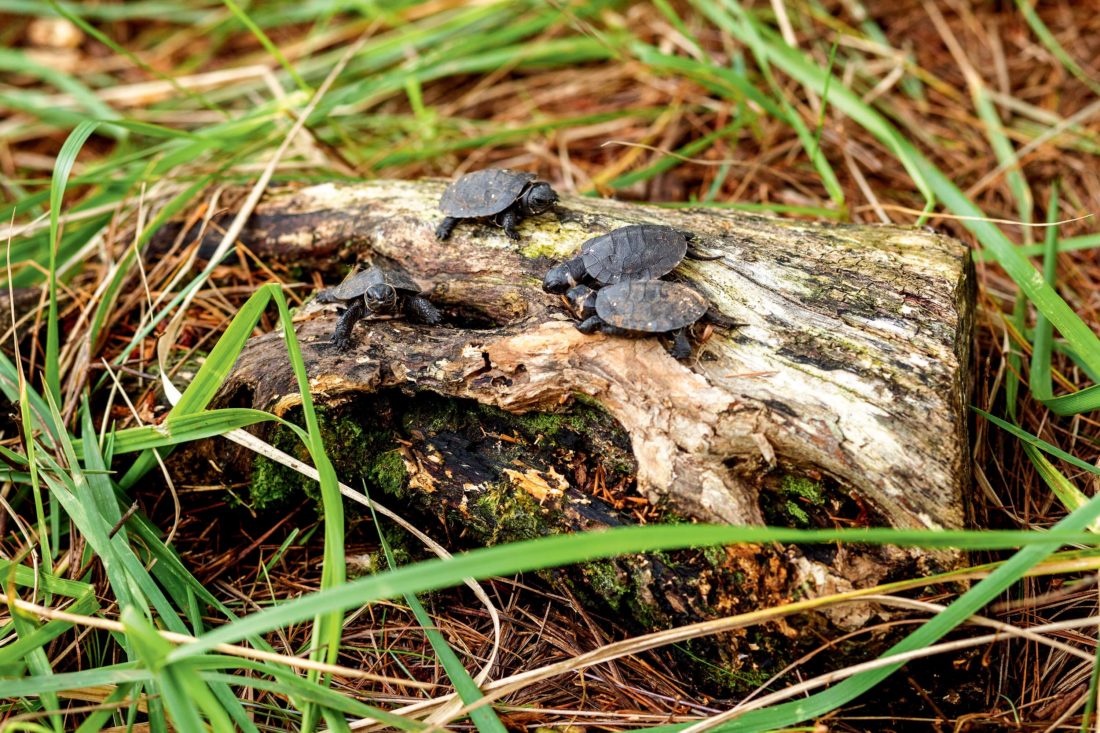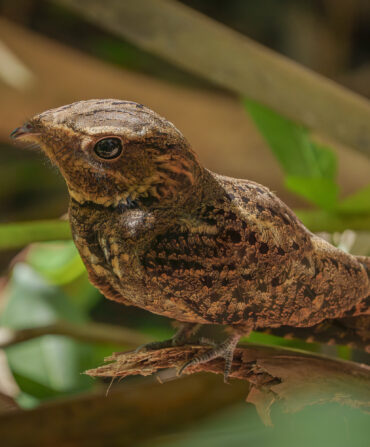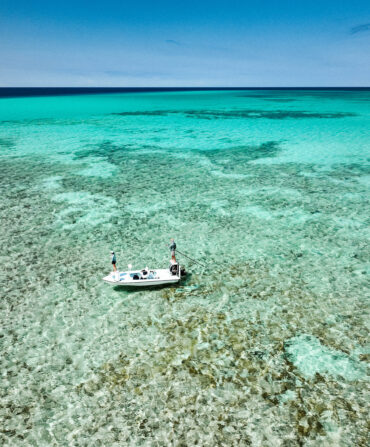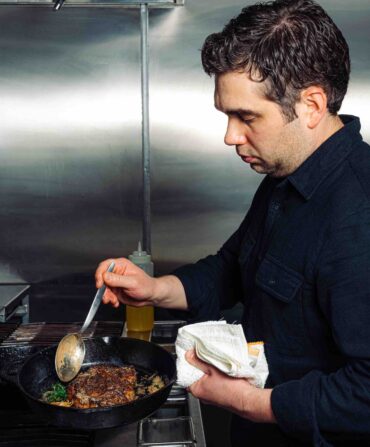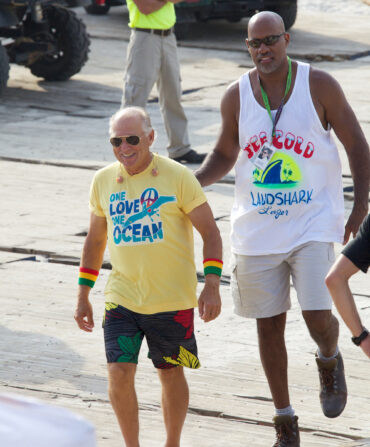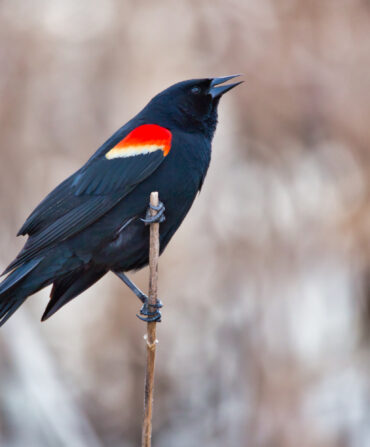“That used to be a bog, and that used to be a bog, and that,” JJ Apodaca says, pointing to neatly mowed ditches as we wind through the rural valleys of the Southern Blue Ridge Mountains in his field truck. To the casual observer, the landscape looks…normal, dotted with farmhouses and livestock. But not if you’re a bog turtle.
“Historically, before these valleys were drained for agriculture, this landscape would have been covered in bogs,” Apodaca says. As I learn later when I walk through one, bogs in this part of the country are grassy, flooded meadows fed by springs. They’re muddy, a little treacherous to cross if you don’t know where to step, and home to the smallest and rarest turtle in North America.
Not that anyone would know it. You could tramp through a bog a hundred times over and never see one. Bog turtles are tiny—quarter-sized as babies, about four inches long as adults—and they burrow in the mud and thick rushes. To find them, Apodaca and his team of biologists use broom handles to gently poke through vegetation and muck—“just listening for that thunk.”
Since 2014, Apodaca, a biologist and geneticist based in Asheville and the director of conservation and science at the Amphibian and Reptile Conservancy, has been on a mission to drag the Southern population of bog turtles back from the edge of extinction. It’s no easy task. Everything seems to be working against the turtles, from their own biology (females take five to ten years to mature and then lay only two or three eggs per clutch) to the loss and fragmentation of their habitat to, perhaps most gravely, the threat of poachers. Being tiny and impossibly cute is not advantageous when it comes to the illegal pet trade. For that reason, researchers keep these locations a closely guarded secret.
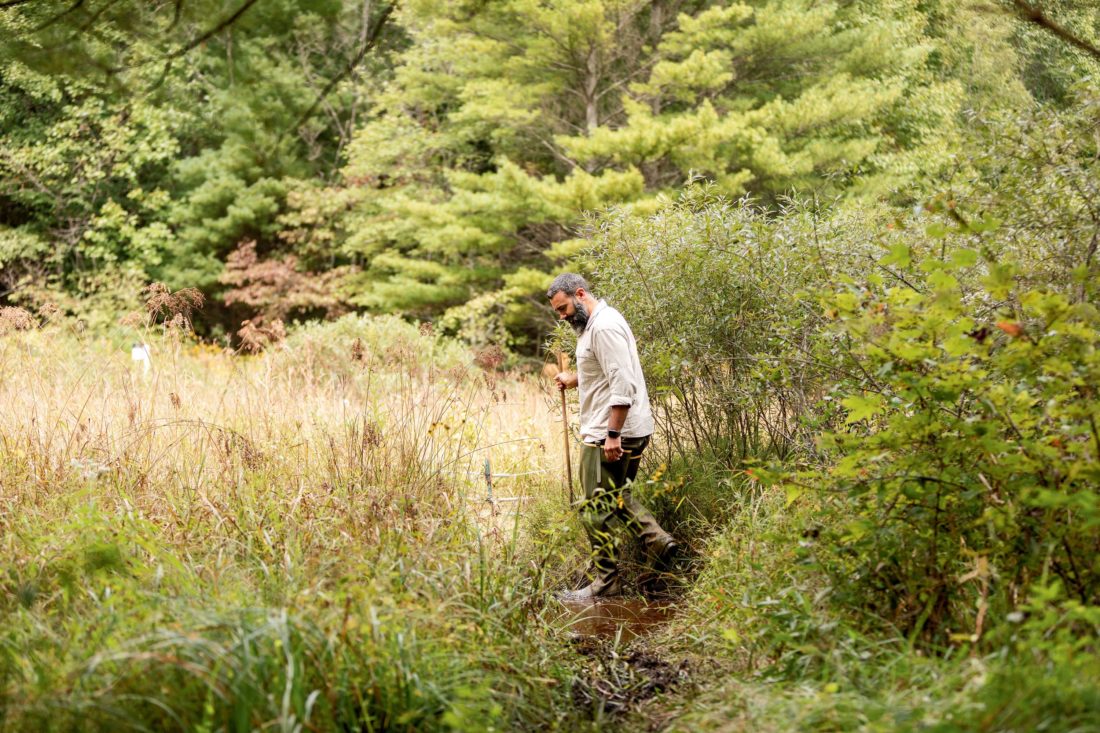
Though once extending from upstate New York to Georgia, precious few of these bogs remain, and even fewer that sustain viable breeding populations. “There are bogs with one or two turtles, but these individuals are like relics, ghosts,” says Apodaca’s colleague Mike Knoerr, of Asheville-based Tangled Bank Conservation. “If they can’t pass on their genes, they are, in effect, dead to the population.”
In spite of all these headwinds, today is a cause for celebration. We’re here in late summer to survey the baby turtles, who are emerging from their eggs after three months of incubation. “Incredibly few people have seen a bog turtle hatchling in the wild,” Apodaca tells me as we arrive at one of the secret bog sites. Team members interfere with the turtles as little as possible. They allow them to lay their eggs, then painstakingly search for the nests and build a mesh cage around each to keep predators out.
At the first nest we visit, Apodaca pulls the mesh away and sifts under the grasses. Sure enough, he pulls out a hatchling. It isn’t shy. The turtle cranes its neck and clambers across Apodaca’s gloved hand as he extricates its two siblings with his free hand. They look like the adults in perfect miniature, with a distinctive splash of orange on the neck. The discarded eggshells are oblong, no bigger than half the size of your thumb, and sliced into neat ribbons by the babies’ egg tooth, actually a sharp scale specially grown for that purpose. “They don’t hatch all at once,” Apodaca explains, “and may not leave the little patch they were born in for weeks.” Each turtle is equipped with a yolk sac on the underside of its shell to feed it in the egg and in the first days after hatching. We check every nest at the site so the team can “work up” the hatchlings—that is, measure, weigh, and mark each one by notching the shell (it doesn’t hurt them, Apodaca explains—it’s like clipping a fingernail) before releasing them back into the bog.
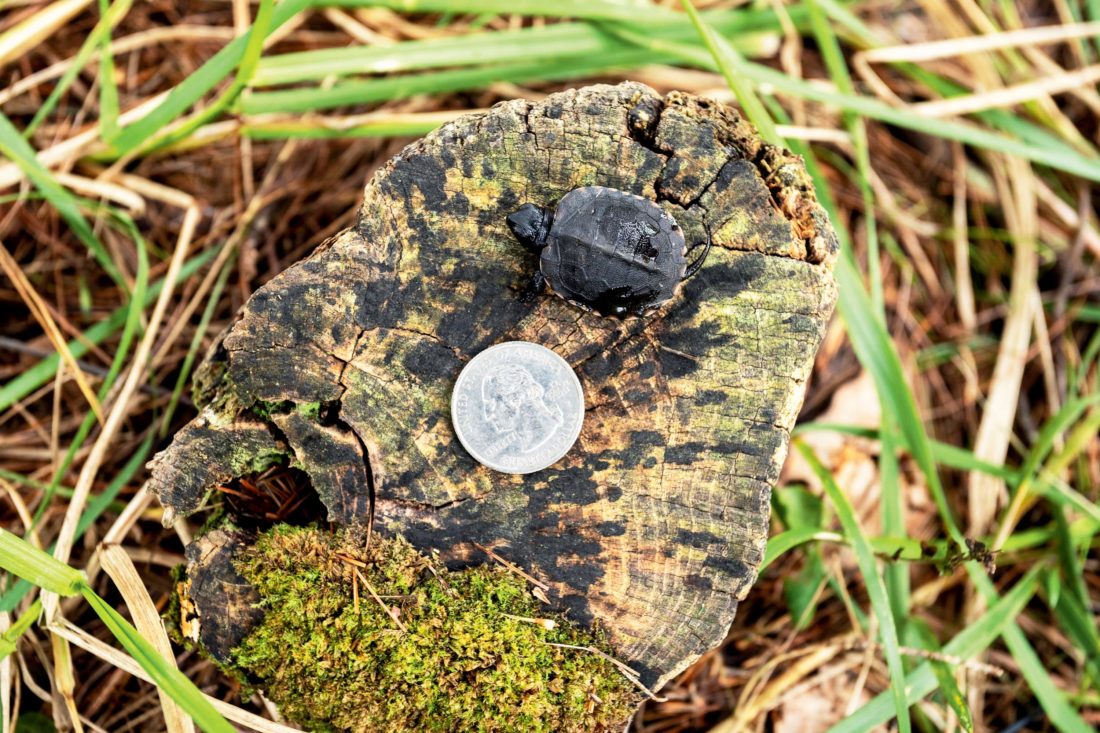
When not surveying baby turtles, Apodaca works year-round with a number of partners (the Turtle Survival Alliance, Defenders of Wildlife, and the North Carolina Wildlife Resources Commission, to name a few) to secure grants for a variety of initiatives, including projects to create passages for turtles under roads, analyze genetic diversity in existing populations, and restore and maintain habitat. The Nature Conservancy owns several of the bogs we visit. Others are on land held by individuals. Apodaca is now applying for a federal grant funded by the Farm Bill that would provide a financial incentive to farmers to manage their land in ways friendly to bog turtles. This has been a successful model for species including hellbenders, sage grouse, and quail. And as Knoerr explains, bog habitat is suitable for cow pasture at certain times of the year, with cows taking on the role of other long-gone herbivores like mastodons by grazing the bogs down and breaking up the soil, which helps create nesting habitat.
Once the turtles are worked up, it’s time for release. Apodaca carries a few of the hatchlings—tucked in his shirt pocket—and kneels to place them within a section of the bog protected by an electric fence. He parts the rushes to reveal a patch of green moss and digs a hole for each hatchling with his hands. We leave them there, hidden by the vegetation and mud, and an hour later, they’re gone.
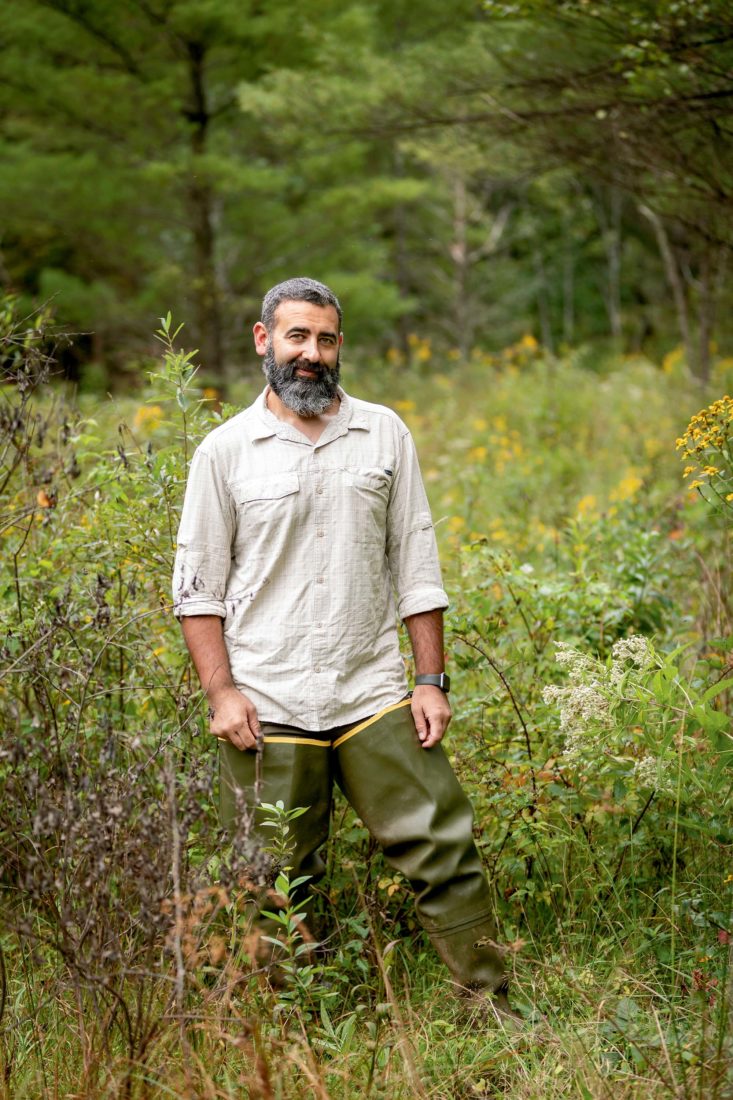
After we peel off our waders and make our way down meandering two-lanes, Apodaca explains that biologists still have much to learn about bog turtles: How many hatchlings make it to adulthood? What factors affect that number, and how can they best manage the habitat to produce thriving populations? But with so many challenges facing the turtles, I ask, is there really much hope for them? “Yes,” Apodaca says without hesitation. “There is a hanging-on chance we can save them, with the right partnerships, funding, and public support. I have to believe that, or I wouldn’t do all of this. These turtles have lived here for millions of years, and I’ll be damned if we let them go extinct right under our noses.”


